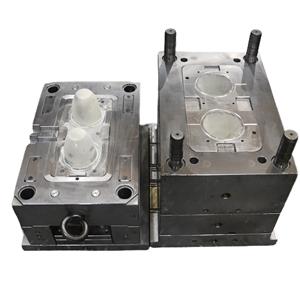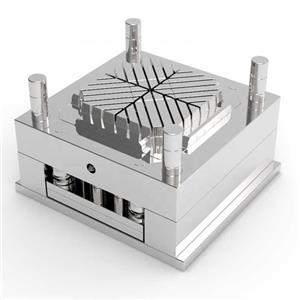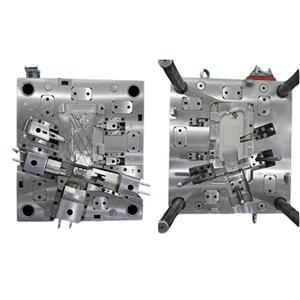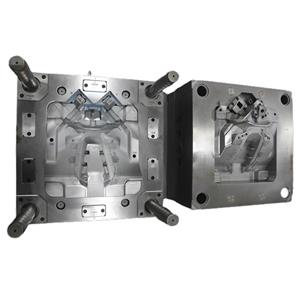The Ultimate Guide to Automotive Bumper Materials Durability and Repair
Understanding Bumper Construction: Materials and Their Properties
The guide begins by laying the foundation: exploring the various materials utilized in bumper manufacturing. This includes a detailed examination of the most common materials, such as thermoplastic polyolefins (TPO), polyurethane (PU), and acrylonitrile butadiene styrene (ABS). Each material's unique properties – flexibility, impact resistance, repairability, and cost-effectiveness – are thoroughly analyzed. The guide goes beyond simply listing the materials, however. It delves into the microscopic structure of each material, explaining how its molecular composition translates into macroscopic properties like strength and elasticity. This detailed approach allows readers to understand why certain materials are better suited for specific vehicle types and applications.
Furthermore, the guide doesn't shy away from discussing the trade-offs involved in choosing a particular bumper material. For instance, while TPO offers excellent impact resistance and cost-effectiveness, its repairability might be limited compared to PU. Similarly, ABS boasts good strength but might lack the flexibility needed for absorbing significant impact energy. By understanding these nuances, car manufacturers and consumers alike can make informed choices based on their priorities.
The Impact of Design and Engineering on Bumper Durability
The guide extends beyond the material selection to encompass the equally crucial aspect of bumper design and engineering. It highlights how the overall shape, internal structure, and reinforcement elements of the bumper significantly impact its ability to withstand impacts. This includes an examination of energy absorption techniques, such as the use of strategically placed reinforcements and crumple zones, designed to minimize damage during collisions. The guide explains how computational fluid dynamics (CFD) and finite element analysis (FEA) are used to optimize bumper design for maximum effectiveness.
The importance of proper attachment points and the overall integration of the bumper system within the vehicle's structural framework are also emphasized. A well-engineered bumper isn't just a standalone component; it’s an integral part of the vehicle’s overall crashworthiness. The guide illustrates how design flaws or improper installation can significantly compromise the bumper's protective capabilities.
Repair Techniques and Considerations
A significant portion of the guide is dedicated to the practical aspects of bumper repair. It provides a step-by-step guide to various repair techniques, catering to different levels of damage. From minor scratches and scuffs to major cracks and deformations, the guide offers solutions ranging from simple DIY repairs to professional-level restoration methods. Detailed instructions, accompanied by visual aids, help readers understand the processes involved.
Beyond the technical aspects of repair, the guide also discusses the importance of using the correct tools, materials, and safety precautions. It emphasizes the use of OEM-approved parts and paints to maintain the bumper's structural integrity and aesthetic appeal. Furthermore, the guide highlights the environmental implications of bumper repair, emphasizing the importance of proper disposal of hazardous materials and the use of environmentally friendly repair techniques.
Assessing Bumper Damage and Choosing the Right Repair Approach
The guide equips readers with the knowledge to assess the extent of bumper damage accurately. It outlines a systematic approach to evaluating the severity of damage, considering factors such as the location, depth, and type of damage. Based on this assessment, the guide helps readers decide whether a simple repair, a partial replacement, or a complete bumper replacement is necessary. This section prevents unnecessary repairs and ensures the most cost-effective and efficient solution.
Finally, the guide emphasizes the importance of seeking professional help when necessary. While some minor repairs can be undertaken by DIY enthusiasts, major damage often requires the expertise of qualified technicians with specialized equipment and knowledge. The guide provides guidelines on identifying reputable repair shops and understanding what questions to ask to ensure a high-quality repair.
In conclusion, "The Ultimate Guide to Automotive Bumper Materials Durability and Repair" serves as a valuable resource for anyone seeking a comprehensive understanding of this crucial automotive component. By covering materials science, engineering design, and practical repair techniques, the guide empowers readers with the knowledge to make informed decisions, maintain their vehicles effectively, and understand the safety implications of bumper damage and repair.




